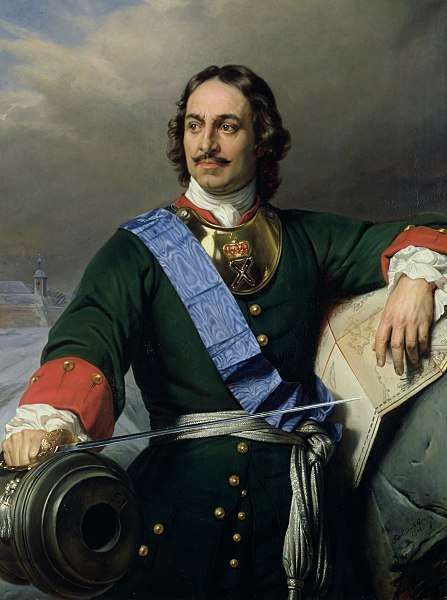In mathematics, physics, and art, moiré patterns or moiré fringes are large-scale interference patterns that can be produced when a partially opaque ruled pattern with transparent gaps is overlaid on another similar pattern. For the moiré interference pattern to appear, the two patterns must not be completely identical, but rather displaced, rotated, or have slightly different pitch.
Difference in distance of the front and rear picket fence on a bridge create moiré patterns.
Strong moiré visible in this photo of a parrot's feathers (more pronounced in the full-size image)
Moiré pattern seen over a cage in the San Francisco Zoo
Moiré patterns seen at the Union Station, D.C.
Moire, less often moiré, is a textile with a wavy (watered) appearance produced mainly from silk, but also wool, cotton and rayon. The watered appearance is usually created by the finishing technique called calendering. Moiré effects are also achieved by certain weaves, such as varying the tension in the warp and weft of the weave. Silk treated in this way is sometimes called watered silk.
Moire ribbons
Gown of moire or watered silk, 1840–44
Peter the Great wearing the insignia of the Order of St. Andrew and a moire ribbon sash
Roger Cardinal Mahony (left) wearing a ferraiolo of watered silk








